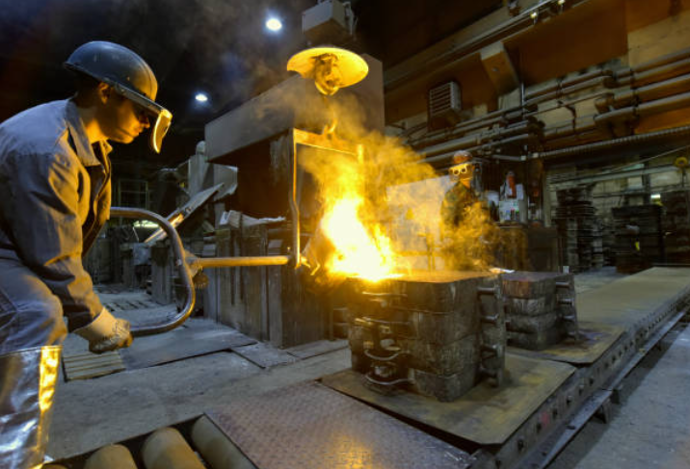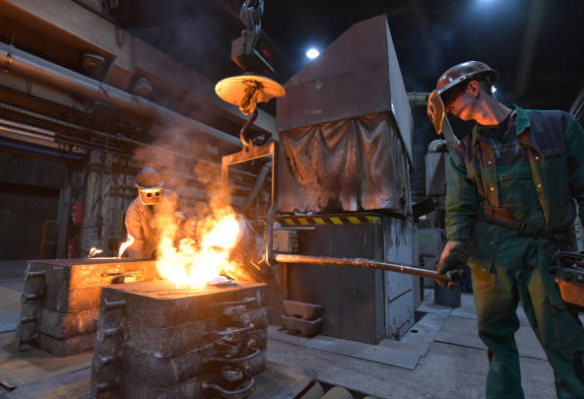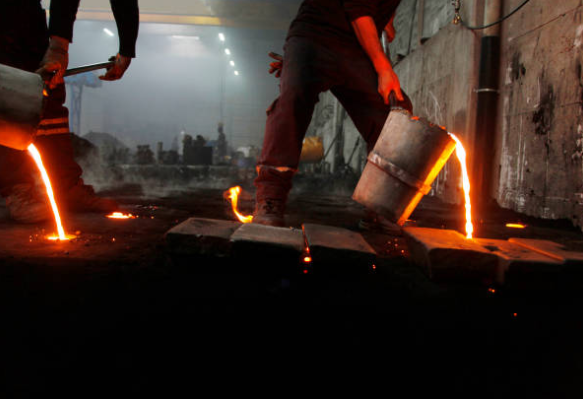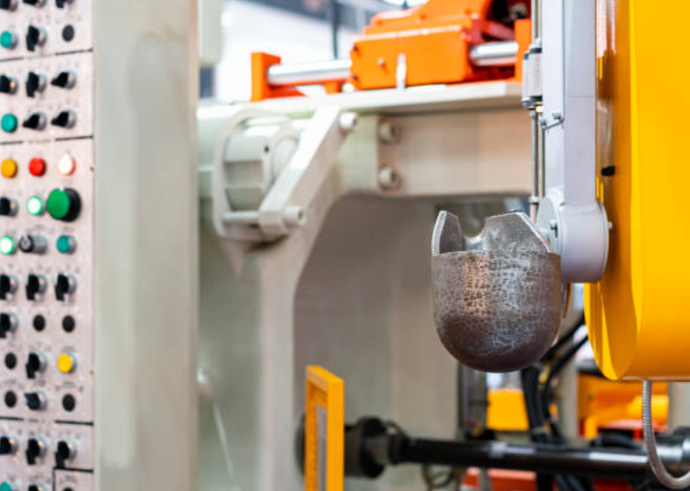Casting
Casting in manufacturing refers to the process of creating solid objects by pouring molten material into a mold and allowing it to cool and harden into a specific shape. This process is commonly used to create metal, plastic, and ceramic objects, among other materials.
The casting process typically involves several steps. First, a mold is created in the desired shape of the object. This can be done using a variety of materials, such as sand, clay, or metal. Then, the material that will form the object is melted down and poured into the mold. Once the material has cooled and solidified, the mold is removed to reveal the finished object.
Casting is a versatile manufacturing process that can be used to create objects of varying shapes, sizes, and complexities. It is used in a wide range of industries, including automotive, aerospace, construction, and consumer goods. Some common examples of cast objects include engine blocks, pipes, gears, and statues


Investment
Investment casting, also known as lost-wax casting, is a manufacturing process used to create complex and detailed metal parts. The process involves creating a wax or plastic pattern of the desired part, which is then coated with a ceramic material to form a mold.
Once the mold is created, the wax or plastic pattern is melted or burned out, leaving a cavity in the mold that is an exact replica of the pattern. Molten metal is then poured into the cavity, filling the space and taking on the shape of the pattern.
Sand Casting
Sand casting is a traditional casting process used to produce metal parts, which involves creating a mold made of sand. The process is relatively simple and widely used in industry because of its versatility and low cost.
In sand casting, a pattern of the desired part is made out of wood, metal, or plastic. This pattern is then pressed into a bed of sand, leaving an impression in the sand that matches the shape of the pattern.
The sand is mixed with a bonding agent, such as clay or resin, to help it hold its shape during the casting process. Once the sand has been compacted around the pattern, the pattern is removed, leaving behind a cavity in the sand.
Molten metal is then poured into the cavity and allowed to cool and solidify. After the metal has solidified, the sand mold is broken away to reveal the finished part. Sand casting is suitable for producing a wide range of metal parts, including large and complex parts with irregular shapes.


Die Casting
Die casting is a manufacturing process used to produce metal parts with high accuracy and consistency. The process involves injecting molten metal into a steel mold, called a die, under high pressure.
The die is designed to form the shape of the part, and is made up of two halves that are held together by a hydraulic press. Molten metal is forced into the die at high pressure, and then allowed to cool and solidify within the die.
Once the part has solidified, the two halves of the die are opened and the finished part is ejected. The process is capable of producing parts with high dimensional accuracy and a smooth surface finish.